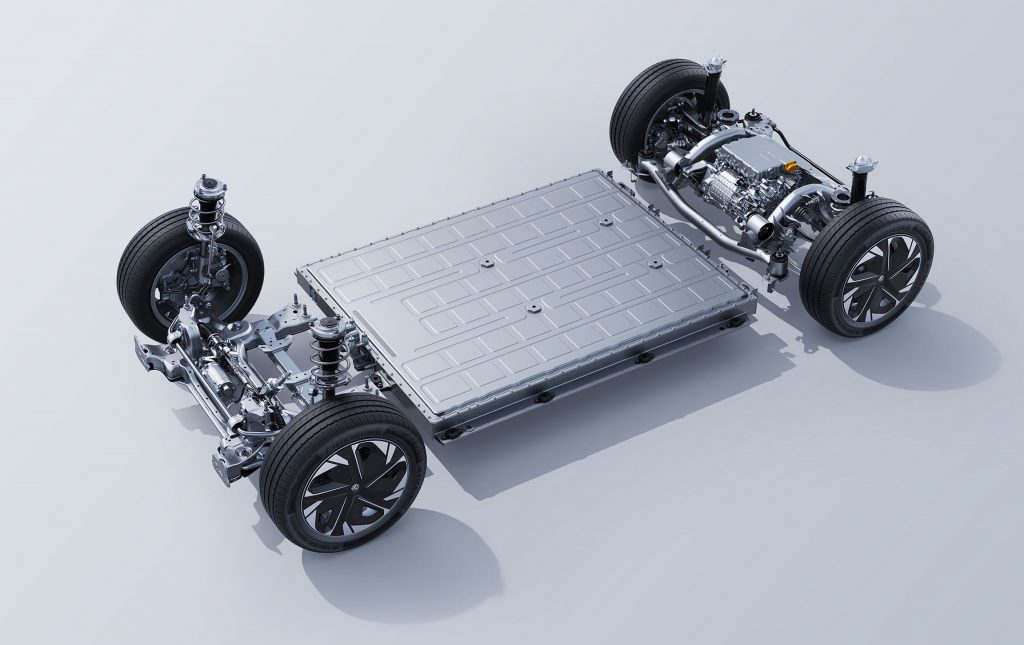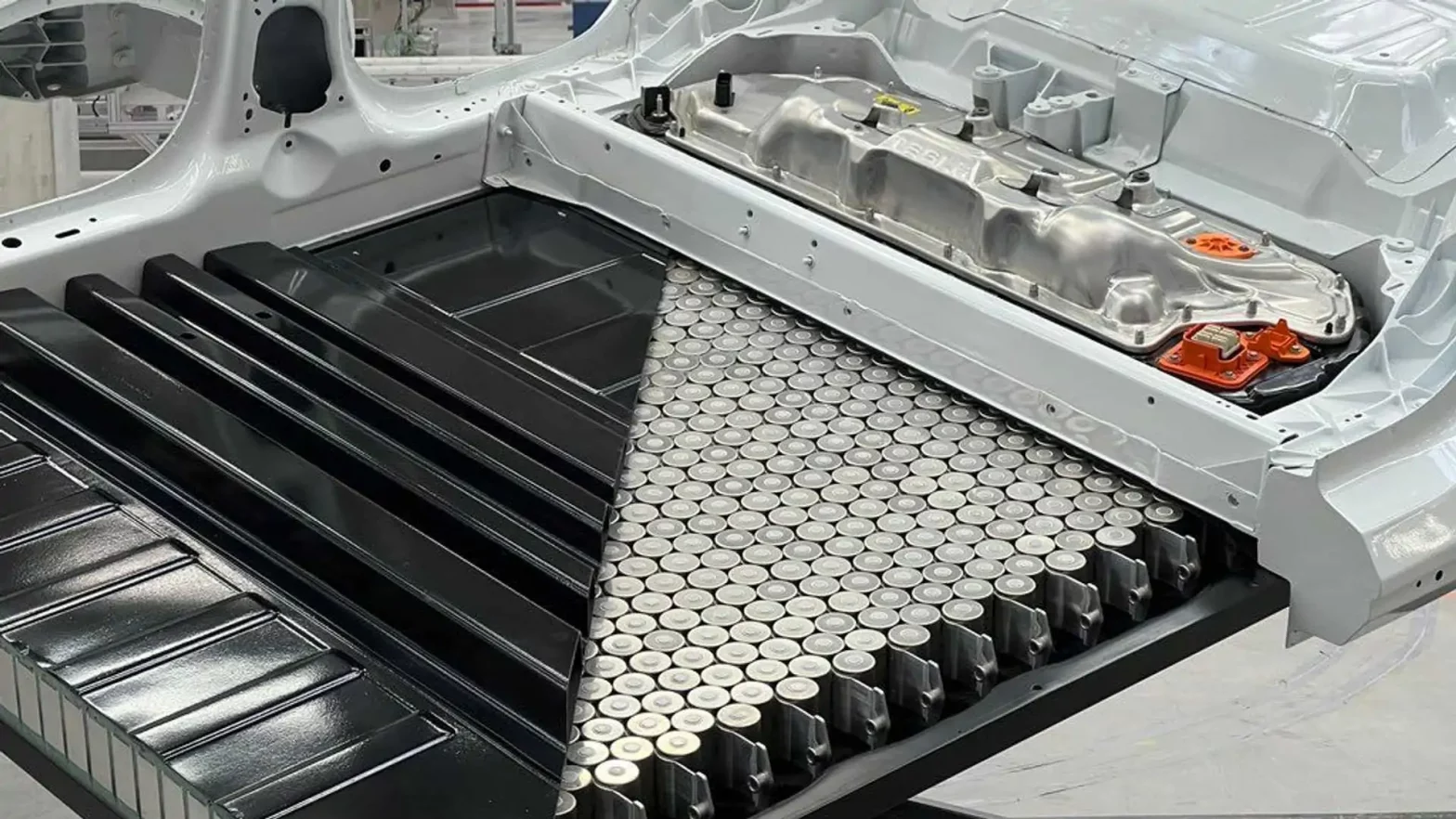Yesterday, Reuters published an article about Tesla’s 4680 cells and how Elon Musk’s company is only halfway through making its special batteries into the mass-production. But the main point of this article is not the delay itself, it is why dry-coating battery electrode manufacturing process, which is the cause of this delay, is crucial to Tesla’s ultimate goal: producing cheaper, longer lifetime lithium-ion batteries.
Related Article: Lithium-Ion Battery Cell Types, LFP, NMC Explained
Popular news outlet contacted a dozen of experts familiar with Tesla’s battery manufacturing efforts. Almost all of these experts confirmed that Tesla is struggling with the mass production of 4680 cells at its Kato Road facility in California. The reason for this is the new electrode manufacturing process called dry-coating/or DBE (Dry Battery Electrode). Tesla acquired this tech from Maxwell Technologies, a San Diego-based ultracapacitor company it bought in 2019. But implementing this new technology into mass production is not as easy as Elon Musk thought.
The good news is that Tesla will eventually enter high-volume production of its 4680 cells sometime in 2023. It will help Tesla halve the cost of Model Y‘s battery pack, saving almost $5,500 per vehicle. That’s 8 percent of a Model Y’s US retail price.
Using dry-coating tech will not only cut costs but also help EV-maker rapidly ramp up their battery production. According to research data mentioned by famous Youtuber The Limited Factor, dry-coating process will speed up cell production 7 times compared to conventional wet-coating methods. New tech will dramatically decrease initial battery production investment as well.
Dry-Coating Process Will Speed Up Electrification

24M, a UK-based battery manufacturing company, is also betting high on dry-coating technology. According to a document issued by this company, using the new tech will help battery makers avoid spending approx. 22 hours in the electrode creation phase, and buying expensive tools for mixing the solvent with electrodes, vacuum drying, solvent recovery, etc.
Dry-coating is more environmental-friendly than any other electrode processing method available today. This method will allow companies to use up to 10 times less space for the battery plants, reduce their energy bills up to 10 times by not using huge vacuum dryers, and increase the energy density of cells without going through costly R&D phases. Thanks to all those advantages, lithium-ion batteries will be cheaper, initial investments will be lower, and battery plants will be smaller.
Dry-coating will definitely be a tremendous advancement in the field of battery manufacturing. Cheaper batteries mean that electrification of the automotive industry will speed up quite a lot and average EV prices will hopefully go down.
Take a look at The Limiting Factor’s video for more scientific details regarding dry-coating process:
